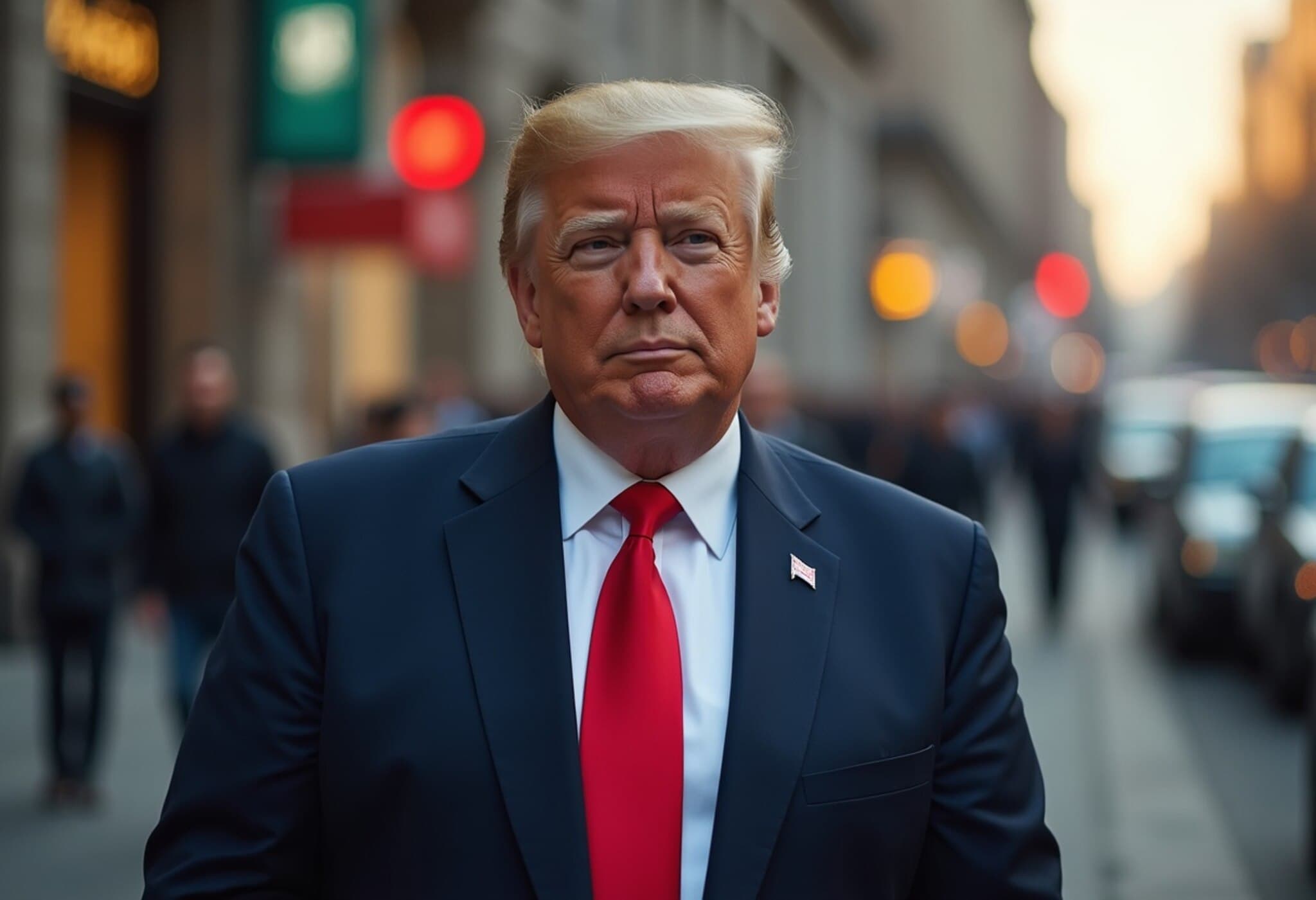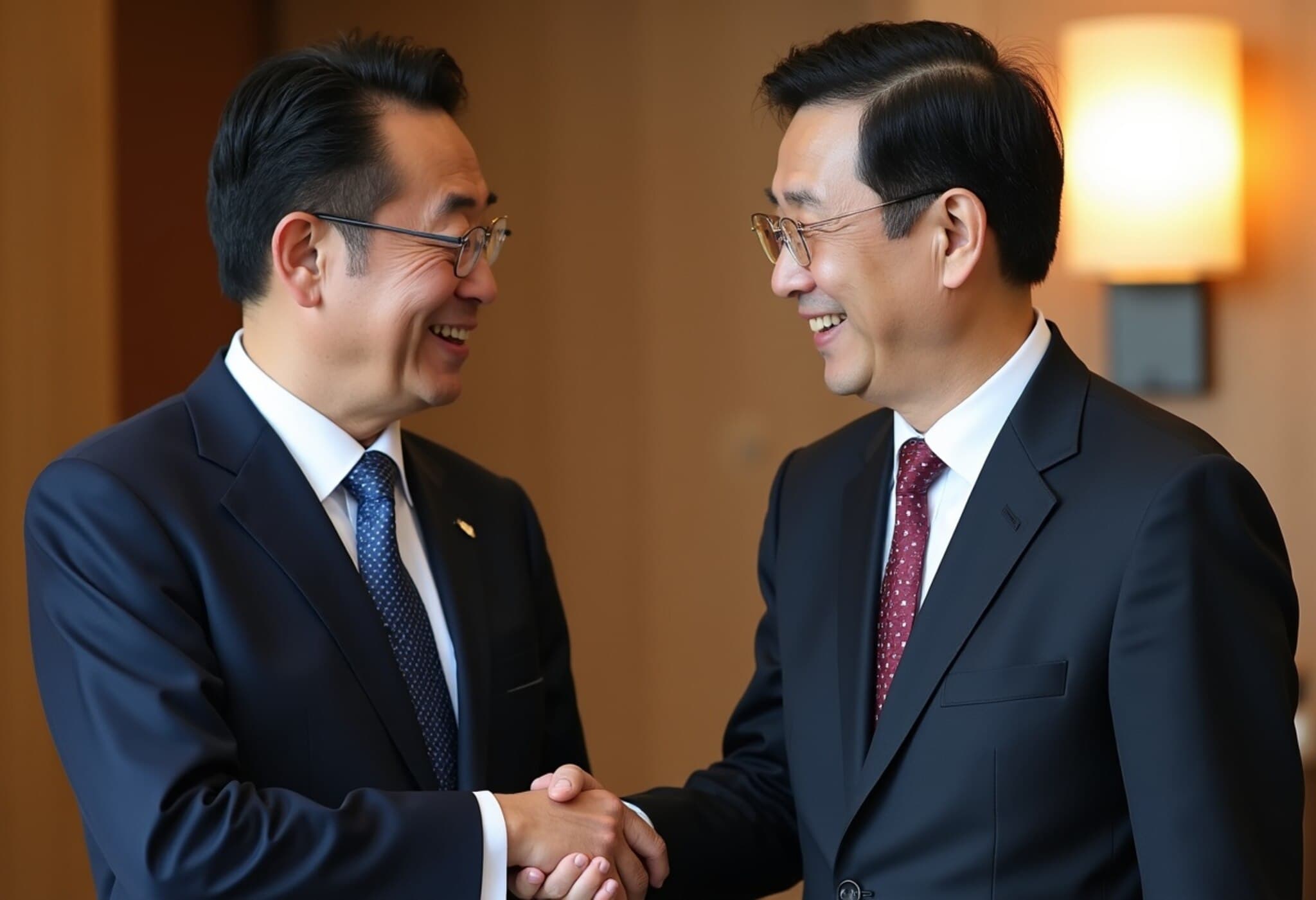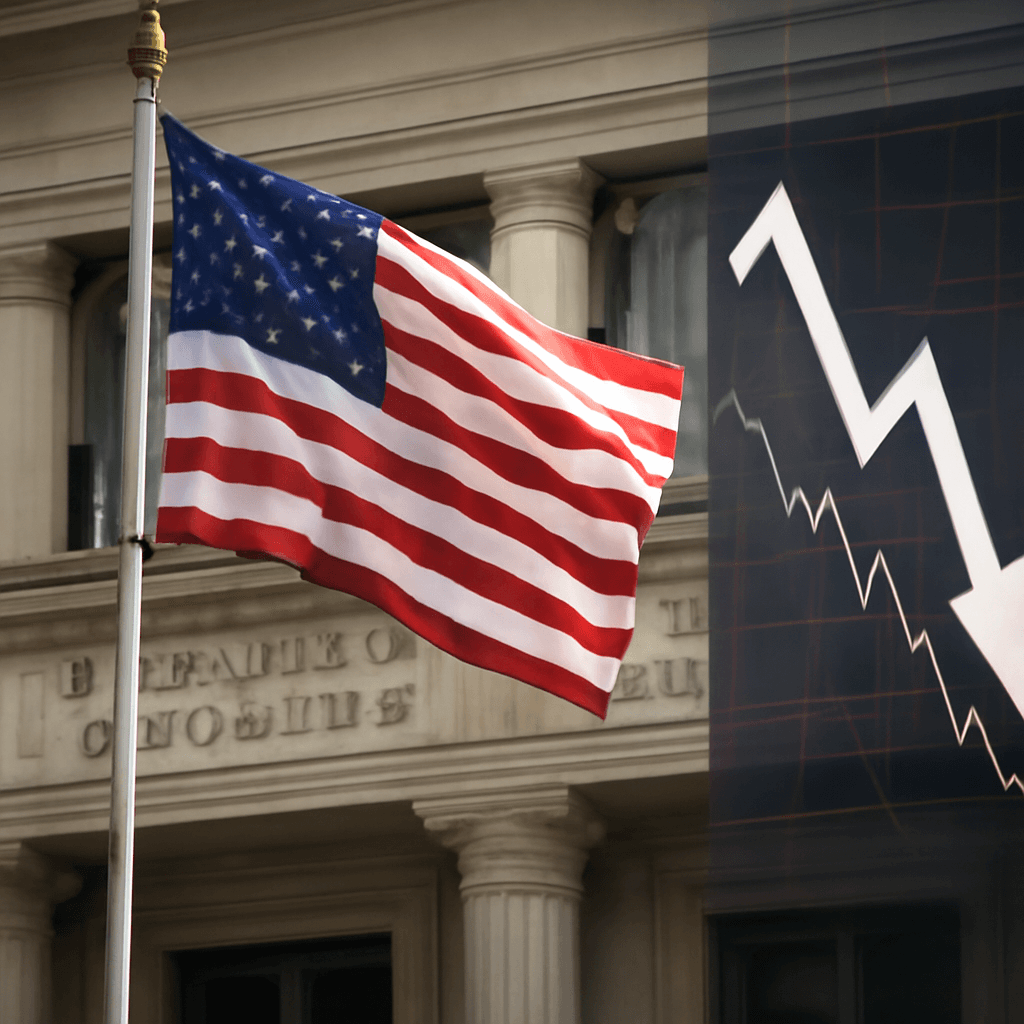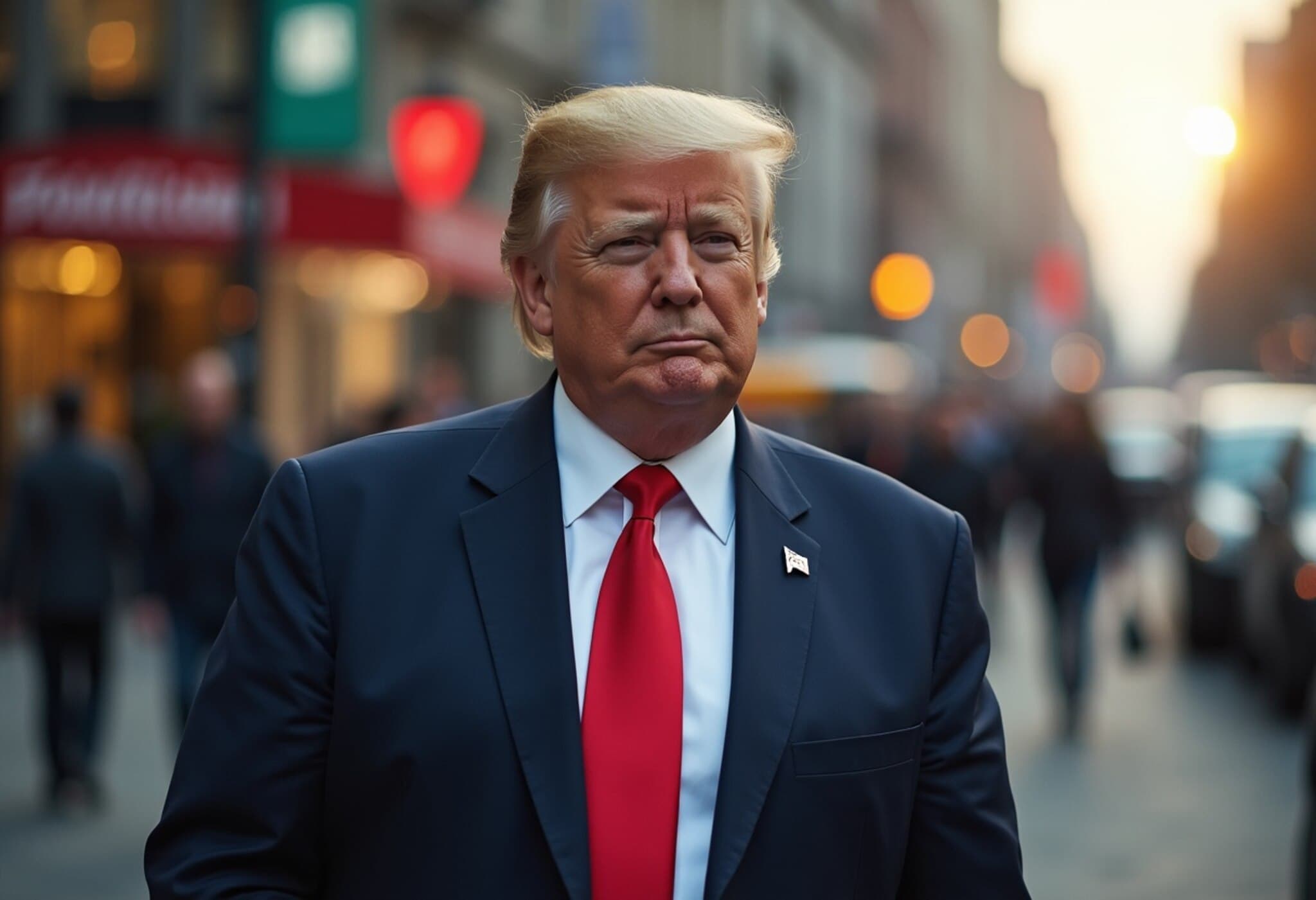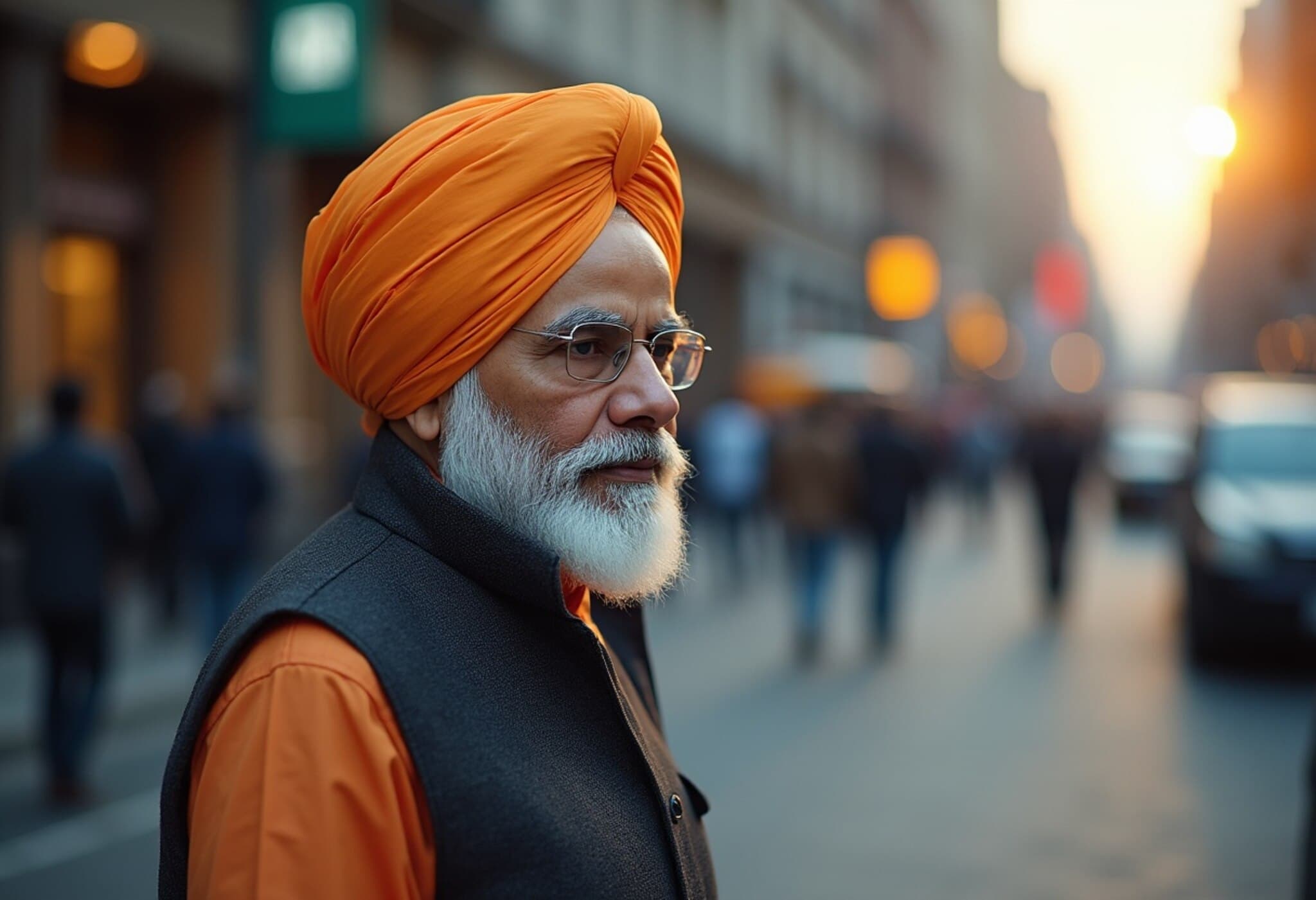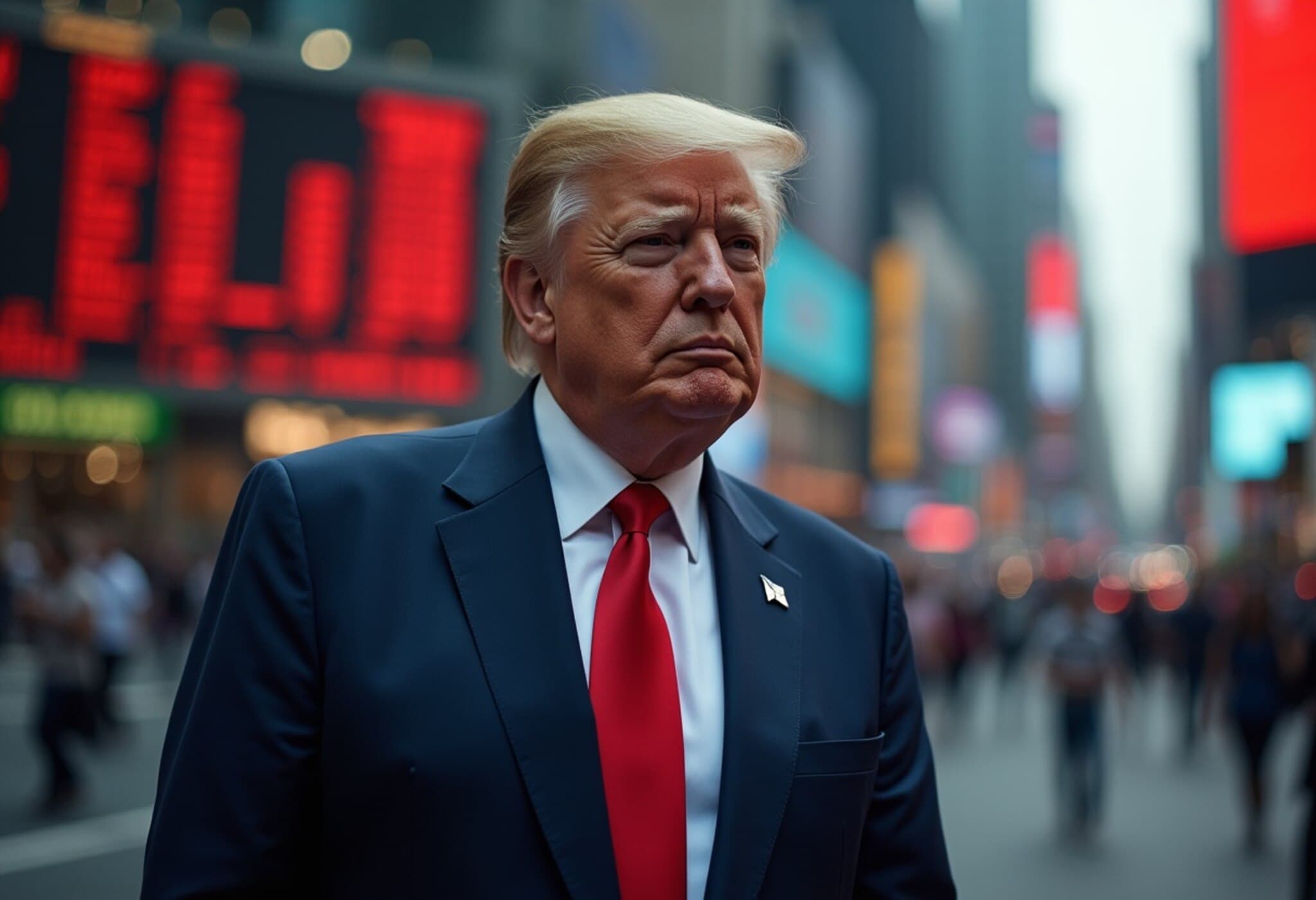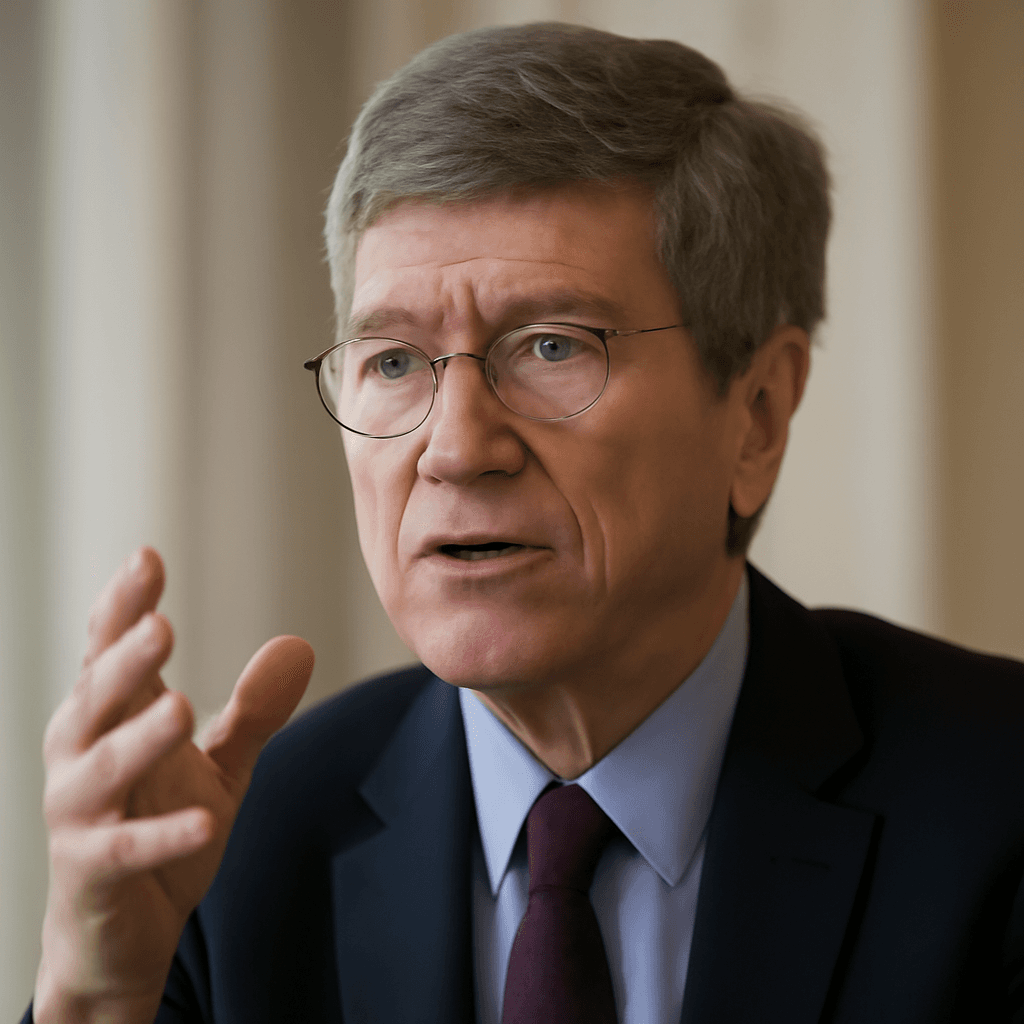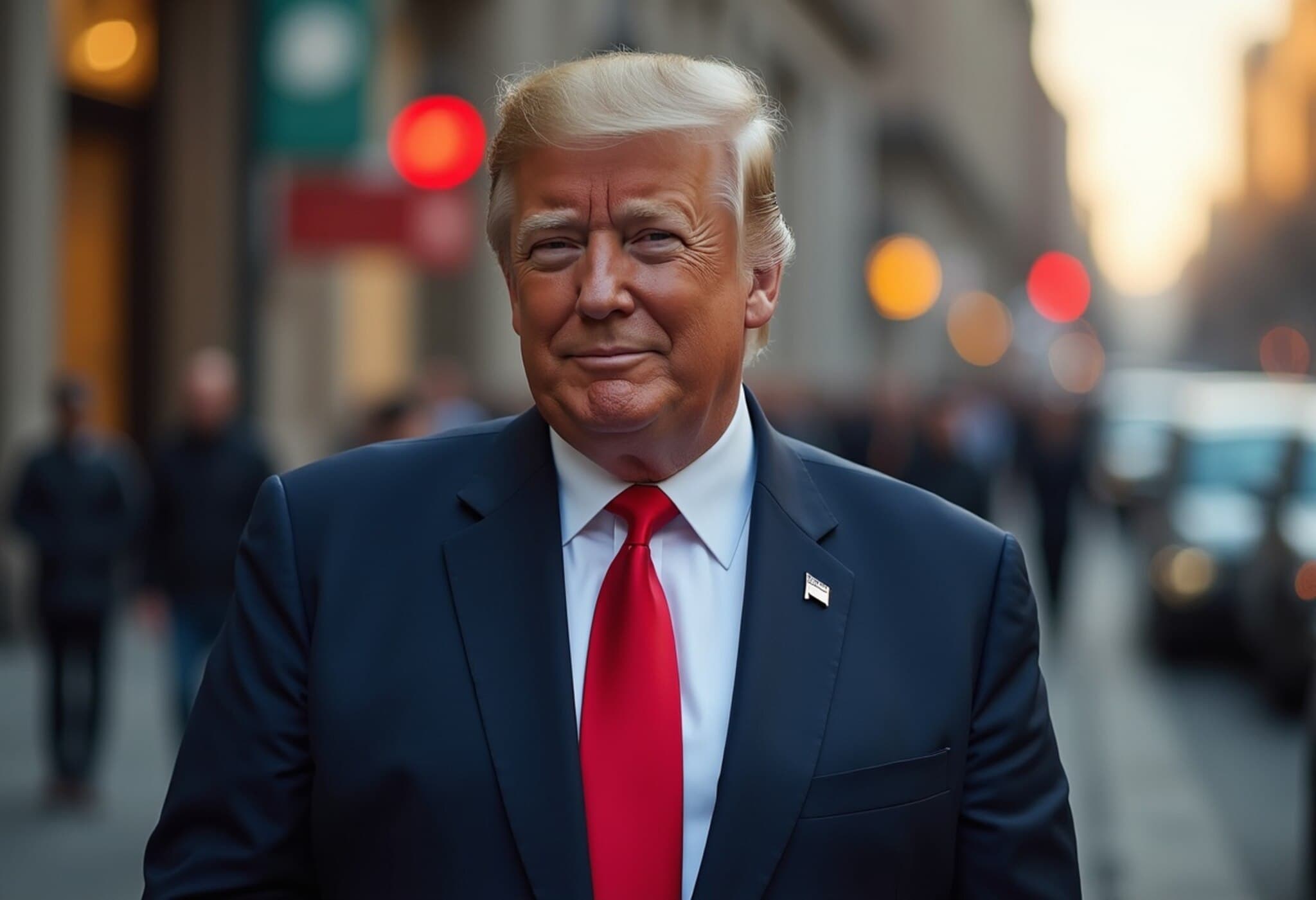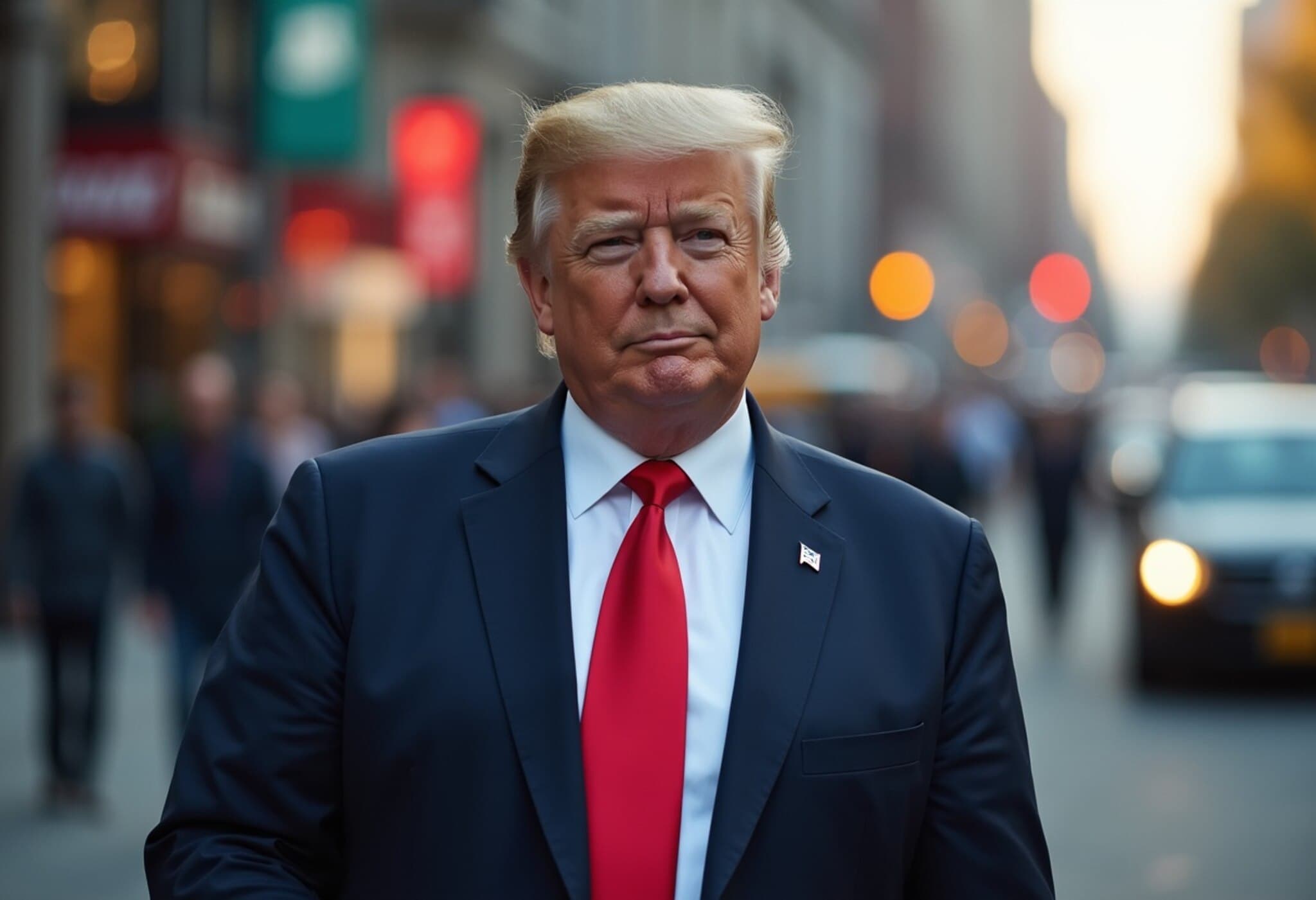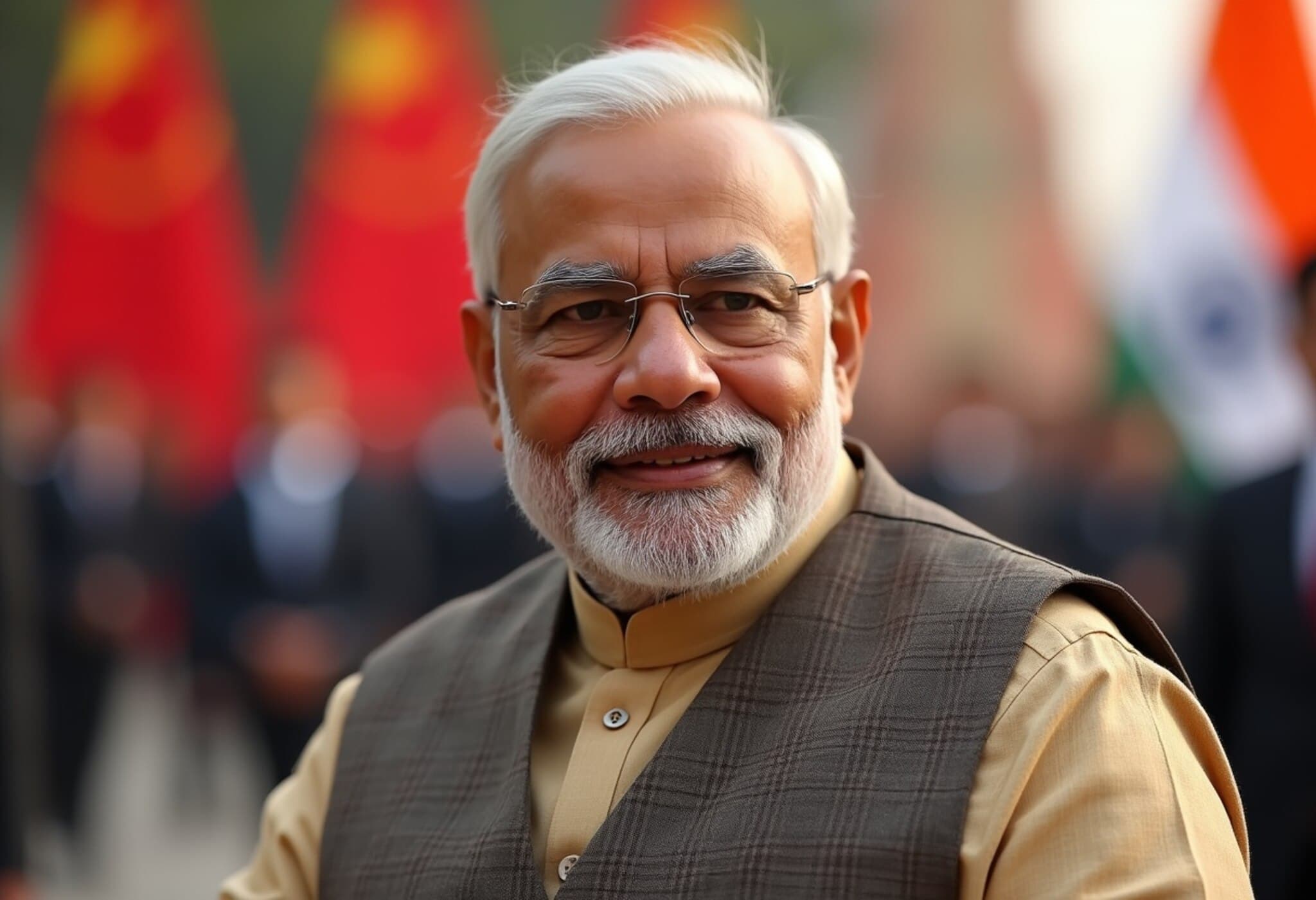Trump’s Tariff Hike: A Game-Changer for India’s Economic Growth?
In a recent and unexpected move, US President Donald Trump signed an executive order imposing an additional 25% tariff on goods imported from India. This move effectively doubles the tariff rate on Indian exports to a staggering 50% in many categories, positioning India alongside Brazil as countries facing the highest US levies.
The tariffs, which are set to take effect 21 days after the order, target India over concerns related to its purchase of Russian oil, marking a marked escalation in trade tensions between the two nations. But what could this mean for India's economic trajectory, particularly its GDP growth estimates for the upcoming fiscal years?
Economic Analysts Sound the Alarm
Impact on Indian Exports
- A Prasanna, Chief Economist at ICIC Securities Primary Dealership, Mumbai: Notes that while electronics and pharmaceuticals remain exempt, many key Indian export sectors will now face a prohibitive 50% tariff as opposed to the previous 25%. This sharp increase will put Indian goods at a disadvantage compared to regional competitors like Vietnam and Bangladesh, which face tariffs between 15-30%. This could hinder India’s export momentum in critical markets.
- Sakshi Gupta, Principal Economist at HDFC Bank: Warns of a potential downgrade in India’s FY26 GDP growth forecast to below 6%, reflecting a possible 40-50 basis points hit—double the initial estimates of the tariff’s economic impact. The 21-day window offers a glimmer of hope for negotiation, but time is running short.
- Teresa John, Lead Economist at Nirmal Bank Institutional Equities: Highlights the mounting pressure on India to negotiate a trade agreement—possibly by cutting Russian oil imports gradually and diversifying energy sources to alleviate tensions.
- Gaura Sen Gupta, Economist at IDFC First Bank: Views the rise to a 50% bilateral tariff as the largest since August, posing significant downside risks to India’s 2025–26 GDP estimates, estimating a 0.3% to 0.4% contraction if tariffs persist through March 2026.
Broader Economic Considerations
- Manoj Mishra, Partner at Grant Thornton Bharat: Points out that while India’s exports to the US—valued at around $87 billion—represent about 2% of GDP and thus a limited share, the indirect effects on trade confidence and sectoral growth could be significant. He stresses the critical need for Indian exporters to accelerate diversification of markets and leverage free trade agreements to build resilience.
- Mayuresh Joshi, Head of Equity Research, William O’Neil: Emphasizes that despite diversified sources of crude oil imports—including the US—there could be short-term market volatility and sentiment-driven shocks, especially in export-oriented industries. He notes that while major oil companies like Reliance may withstand the shock structurally, the broader sentiment could dampen immediate growth prospects.
Underreported Perspectives: Navigating Geopolitics and Growth
This tariff escalation isn’t just a trade policy tweak; it signals a deeper geopolitical unease, particularly regarding India’s energy ties with Russia amid ongoing global sanctions. From Washington’s perspective, the tariffs serve as leverage to influence India’s foreign policy choices. For India, balancing energy security, economic growth, and diplomatic relations is becoming increasingly complex.
Analysts also highlight that the US tariffs could push India to accelerate domestic manufacturing and innovation to reduce dependence on exports vulnerable to foreign policy shifts. This moment may well be a litmus test for India’s broader economic self-sufficiency ambitions.
What Lies Ahead: Challenges and Opportunities
- Negotiation The Clock Is Ticking: With only 21 days until tariffs come into full effect, a breakthrough in US-India trade talks will be crucial to avert economic disruption.
- Market Diversification Imperative: Businesses must urgently pursue new markets beyond the US to mitigate concentrated trade risks, emphasizing Southeast Asia, Africa, and Europe.
- Domestic Economy At The Forefront: India’s emphasis on ‘Make in India’ initiatives could gain fresh impetus to buffer against external shocks.
- Energy Transition: Reducing reliance on Russian oil while aligning with global energy trends could ease geopolitical tensions and foster sustainable growth.
Editor’s Note
Trump’s sudden tariff surge casts a long shadow over India’s economic outlook, threatening to toss its growth ambitions off course. While the immediate hit may seem manageable given India’s large and diverse economy, the move raises fundamental questions about India’s trade dependencies and geopolitical alignments. Could this be a wake-up call for policymakers to recalibrate trade strategies and energy sourcing? As the clock counts down to tariff implementation, stakeholders across government and industry must navigate a delicate path between diplomacy and economic resilience.
For readers, this development offers a crucial lens into how intertwined global politics and economics are — and how a single policy shift can ripple through markets, industries, and everyday life.

